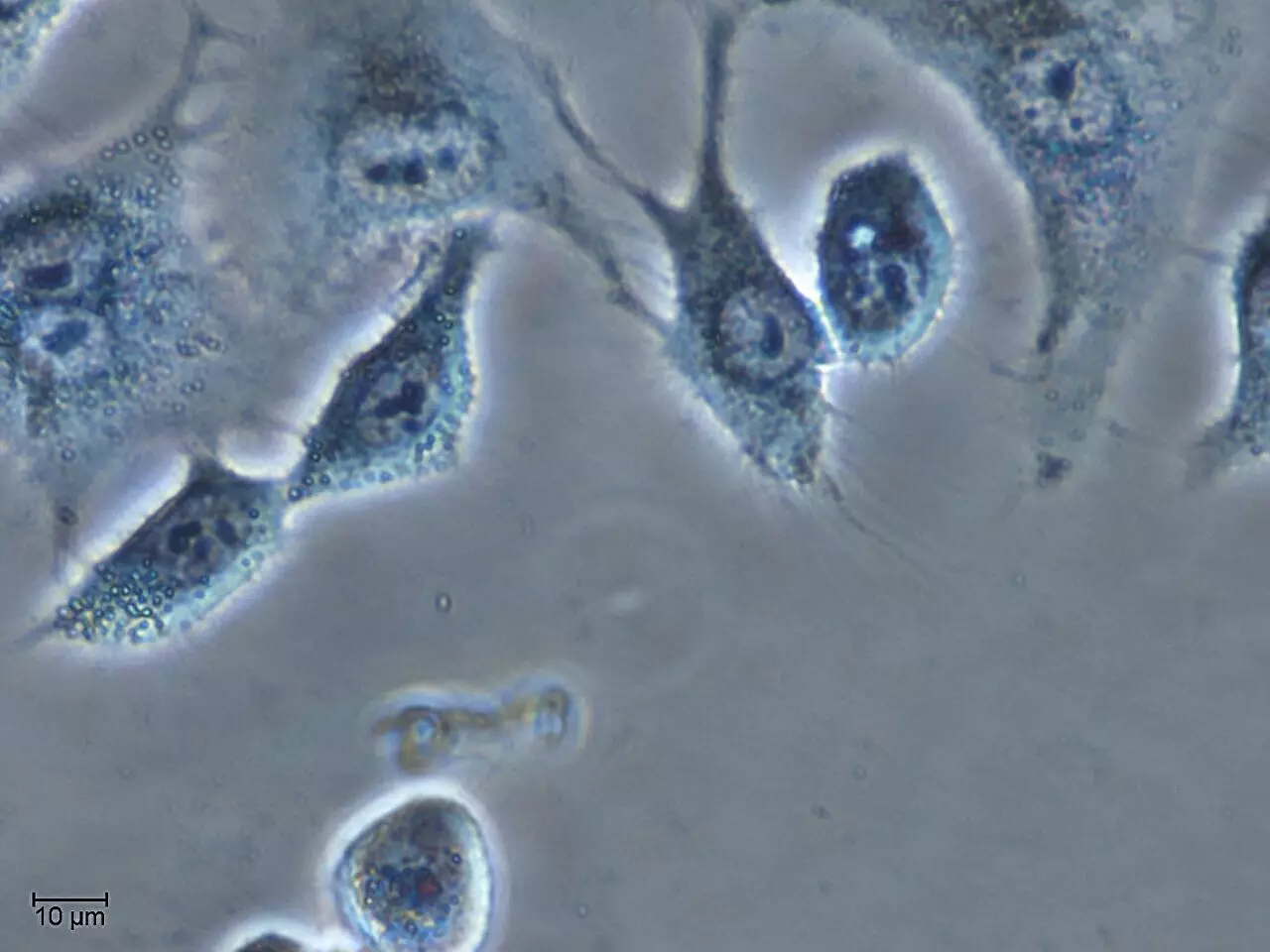Cancer treatment, particularly chemotherapy, has long been a crucial tool in saving the lives of cancer patients. However, the side effects and limitations of current treatments have prompted researchers to explore new avenues for more targeted and effective therapies. A recent study published in Cell Reports Physical Science has proposed a novel approach using molecular “cages” made of pseudopeptides to selectively eliminate cancer cells in acidic microenvironments.
Chemotherapy, while effective in killing cancer cells, often lacks selectivity, leading to undesirable side effects in patients. Additionally, the emergence of chemoresistance poses a significant challenge, as cancer cells can develop resistance to the chemical agents used in treatment. One key characteristic of cancer cells is their ability to create an acidic environment in solid tumors, which contributes to their resistance and metastatic potential.
The study, conducted by a scientific team from the Institute for Advanced Chemistry of Catalonia (IQAC-CSIC) in collaboration with other research institutions, focused on the use of molecular “cages” derived from fluorine-substituted amino acids. These “cages” were designed to selectively target and kill cancer cells in slightly acidic pH levels, such as those found in the microenvironment of solid tumors, while remaining harmless to healthy tissues.
Lead author Ignacio Alfonso explains that previous research had shown promising results with a three-dimensional “cage” structure that demonstrated selectivity for killing cancer cells in acidic environments. The current study aimed to further understand the mechanism of action of these molecules by investigating a broad family of “cages” with different fluorine atom configurations. Through a combination of experimental and theoretical approaches, researchers were able to identify a “cage” with even higher selectivity for killing cancer cells in acidic environments.
The findings of this study have significant implications for the future of cancer treatment. By targeting cancer cells in acidic microenvironments, these molecular “cages” offer a potential solution to the challenges faced by traditional chemotherapy. The ability to selectively eliminate cancer cells while sparing healthy tissues could lead to more effective and less toxic treatment options for patients.
The development of molecular “cages” for targeted cancer therapy represents a promising advancement in the field of oncology. By understanding the mechanisms of action and improving the design of these ionophores, researchers are paving the way for new and innovative approaches to cancer treatment. The potential of these “cages” to improve outcomes and reduce side effects underscores the importance of continued research and development in this area.


Leave a Reply